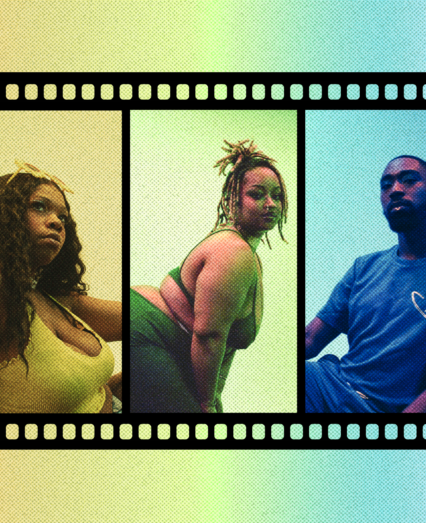Remember when SeaWorld launched its #AskSeaWorld Twitter campaign?
Of course you do.
The already floundering (sorry, had to) theme park was trying to rehabilitate its image following the release of Blackfish by inviting users to learn more about SeaWorld practices and standards via a tweet chat. The result? An onslaught of trolls and animal advocates bringing to light even more damning behavior by the company:
How about the time DiGiorno Pizza joined in the #WhyIStayed campaign – meant to address issues of domestic violence – with this offensive tweet:
On New Years Eve, this thoughtless couple took a selfie in front of a burning building in Dubai. The offending Instagrammer posted the pic as the city was in panic and the tower went up in flames. The 14 injured people, along with a shocked Insta-audience, couldn’t believe the carelessness. By January 1st, the couple’s image spread worldwide. You better believe he’s going to think twice before his next post.
Most recently, Leonardo DiCaprio went viral for the stink eye he gave Lady Gaga as she went on
stage at The Golden Globes. Poor, hot, unsuspecting Leo. Within moments the Internet was asking what the beef was between Leo and Gaga; backstage at the Awards Show, reporters hounded him with questions about their feud. For the record, he has no problem with Lady Gaga:
“Oh lord – that’s trending, huh? I just didn’t know what was passing me – that’s all!”
While Leo’s gaffe wasn’t a thoughtless tweet, social media fails come in all shapes and sizes. Saying the wrong thing (or in this case, making the wrong face) can spread across the social sphere in seconds.
But have no fear, Leonardo, DiGiorno, random couple and SeaWorld (well, maybe SeaWorld): There are a few foolproof ways to come back from a social media gaffe.
1. Acknowledge the Fail – Fast
The second you mess up, the clock is ticking. Whether it’s an offensive tweet or poorly timed online casino Facebook post, your followers are waiting to see how you’ll fix it. If the offending material is still, well, offensive, take it down; follow the removal with a sincere note of admission. If you’re not sure how the post happened, but know it’s not good, assure your followers it wasn’t intended and are working to fix the issue. In social media, like in life, honesty is (almost always) the best policy.
2. Suck It Up and Apologize
Maybe you didn’t mean to hit send. Maybe you didn’t understand the full context of the hashtag. Maybe you didn’t notice the d*ck in your pic. It doesn’t matter – it still went out on social, and still upset some innocent users. Make an effort to deliver a genuine apology to the audience, and take time to assure them it won’t happen again. Reach out to especially upset users with personal responses. Taking blame for the mishap will come back tenfold in audience understanding.
3. Engage with Your Users – the Good, the Bad and the Ugly
You’ve said you’re sorry and probably feel embarrassed, but sometimes that’s not good enough. Some users won’t be satisfied with your apology and will demand further explanation. Some will be pissed off and badmouth you across all platforms. You’ll have to answer to them all.
For one, don’t delete the negative comments (unless they are themselves profane or offensive). Doing so will make you look guilty and irresponsible for your actions. Address all feedback – no matter how cringe worthy – in an honest, direct manner. Users will appreciate your straightforward, no BS response and will help to shift perceptions of you or your brand in the long run.
4. Learn From Your Mistakes
While running and hiding might be your first instinct, it’s not the right one. Social media is here to stay, and avoiding it from now on won’t fix that blunder. Pick yourself up, dust yourself off, and put into practice some of the lessons you’ve learned.
Before you use a hashtag, do your research. Understand what the campaign is about, and who the users are that are following it. What’s funny to you might be distressing to others.
Think it’s time for a hashtag campaign? Think again. A tweet chat or hashtag campaign is an incredibly powerful tool for initiating and developing conversation, but opens up the floodgates to anyone who’s not in your corner. Evaluate the pros and cons of starting this worldwide conversation, and assume your haters will join the chat. Assess from there whether or not a hashtag campaign is the best route for your brand. See: The NYPD Twitter fail of 2015.
Add another layer of review. If you’re the only person responsible for social posts, enlist someone else’s help in editing. If six people in your office found it funny, ask a seventh.
Be open about the incident. Your friends, colleagues or fans can pop up at anytime with new questions, and it’s in your best interest to be open to discussion. As Ariana Grande learned, the Internet never forgets.
Finally, and most importantly:
Don’t be SeaWorld.


